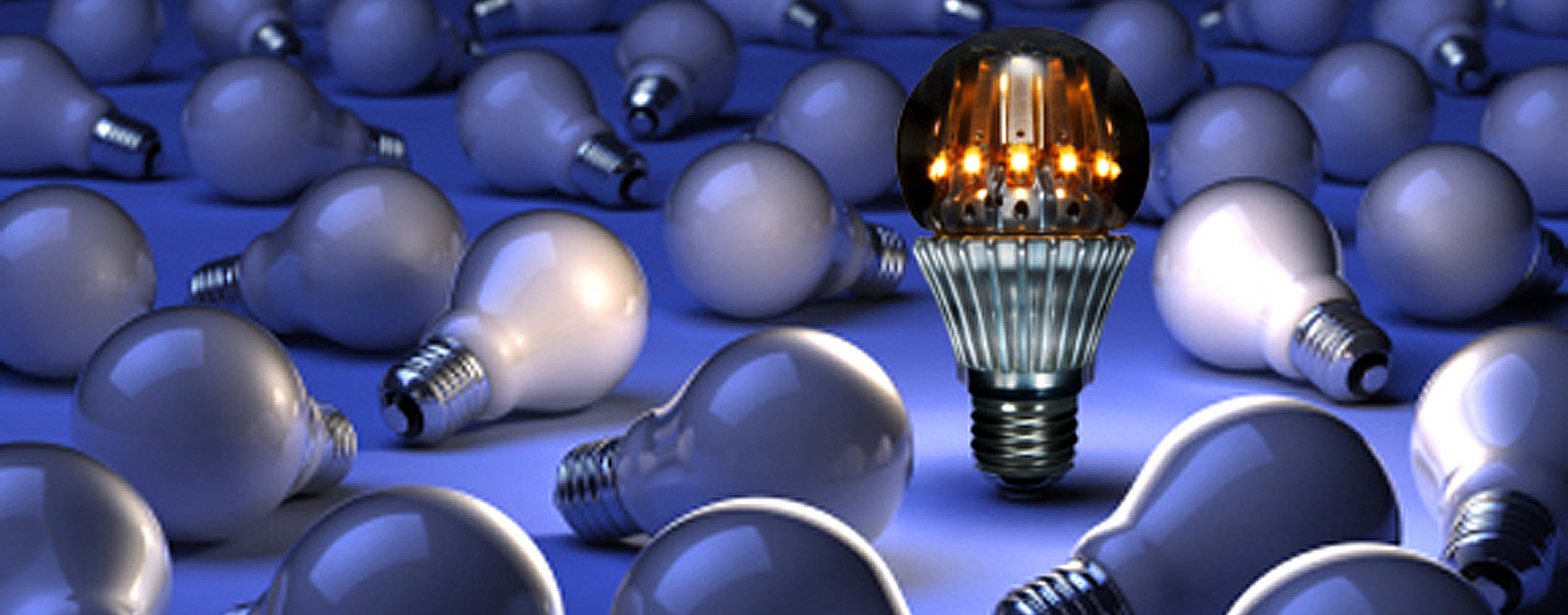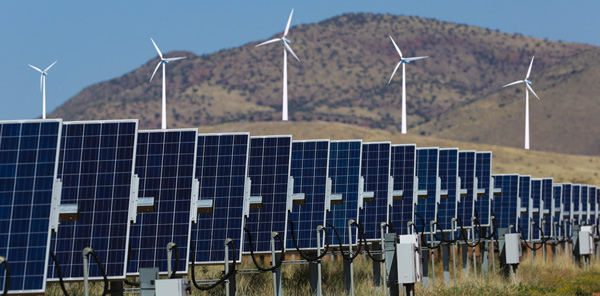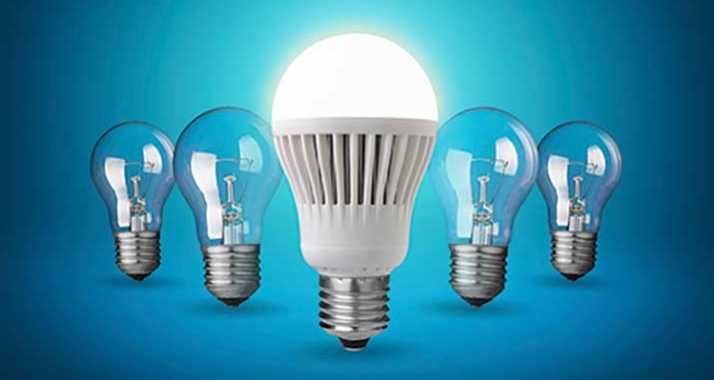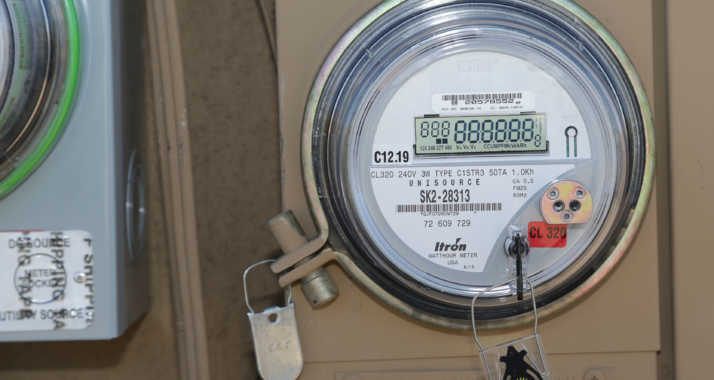

Today, consumers have many choices when it comes to lighting their homes and businesses. Incandescent; CFL, or compact fluorescent; and LED, or light-emitting diode, bulbs adorn the aisles at Lowe’s and Home Depot.
LED light bulbs provide a lighting option that is more efficient and longer lasting than other types of bulbs. But are LEDs really better than CFLs or regular incandescent light bulbs?
The short answer is yes, but they do have their drawbacks.
LEDs have been around for quite a while, but they only recently have been introduced into the commercial and residential lighting markets.
Unlike CFL and incandescent bulbs, the LED light sources are tiny – about the size of a flake of pepper. These “flakes of pepper” are a mixture of red, green and blue that combine to create a white light. To their credit, LEDs are directional, meaning the light shines where you want it to without the use of reflectors, which can dim the resulting light.
LEDs also don’t emit as much heat. When a CFL or incandescent bulb has been on for a while, typically it’s too hot to touch – in fact, it releases up to 70 percent of its energy in the form of heat. LEDs, on the other hand, give off very little heat, making them cooler to the touch.
Because of the lower heat source, cooling an interior space equipped with LED lighting takes less energy compared with traditional heat-producing lighting alternatives, all else being equal. LEDs can last 25 times longer and use 75 percent less energy than regular incandescent light bulbs. U.S. Department of Energy estimates show that by switching to energy-efficient lighting, residential customers can save up to $50 per year or more, depending on the bulbs they choose.
Unfortunately, there are still a few drawbacks, one of which is the upfront cost.
A four pack of regular incandescent light bulbs will run you about $6.50. A competing four pack of CFL bulbs will cost about $9. In contrast, one 60-watt equivalent LED bulb will cost about $11, and the 100-watt equivalent LED will set you back about $20.
While the sticker-shock is the major deterrent for buyers, manufacturing and technological advances continue to push LED bulb prices down, helping them become a more viable option for customers.
In early 2015, TEP will offer discounted LED lighting through a new energy efficiency program approved by the Arizona Corporation Commission in December 2014. TEP’s Efficient Products Program will continue to offer discounted CFL bulbs, available at local stores.
LED lighting sold as “dimmable” may not dim similar to incandescent bulbs. According to the UK-based Institution of Engineering and Technology, the root cause of this problem is the electronic control gear driving the LEDs often is incompatible with dimmers designed for older lamps.
Despite these drawbacks, the future of LED lighting appears bright.
Between 2011 and 2012, global sales of LED replacement bulbs increased by 22 percent while the cost of a 60-watt equivalent LED bulb fell by nearly 40 percent. In 2012, about 49 million LEDs were installed in the U.S. – saving about $675 million in annual energy costs.
According to the U.S. Department of Energy, switching entirely to LED lights over the next two decades could reduce electricity consumption for lighting by nearly 50 percent, save the U.S. $250 billion in energy costs.






